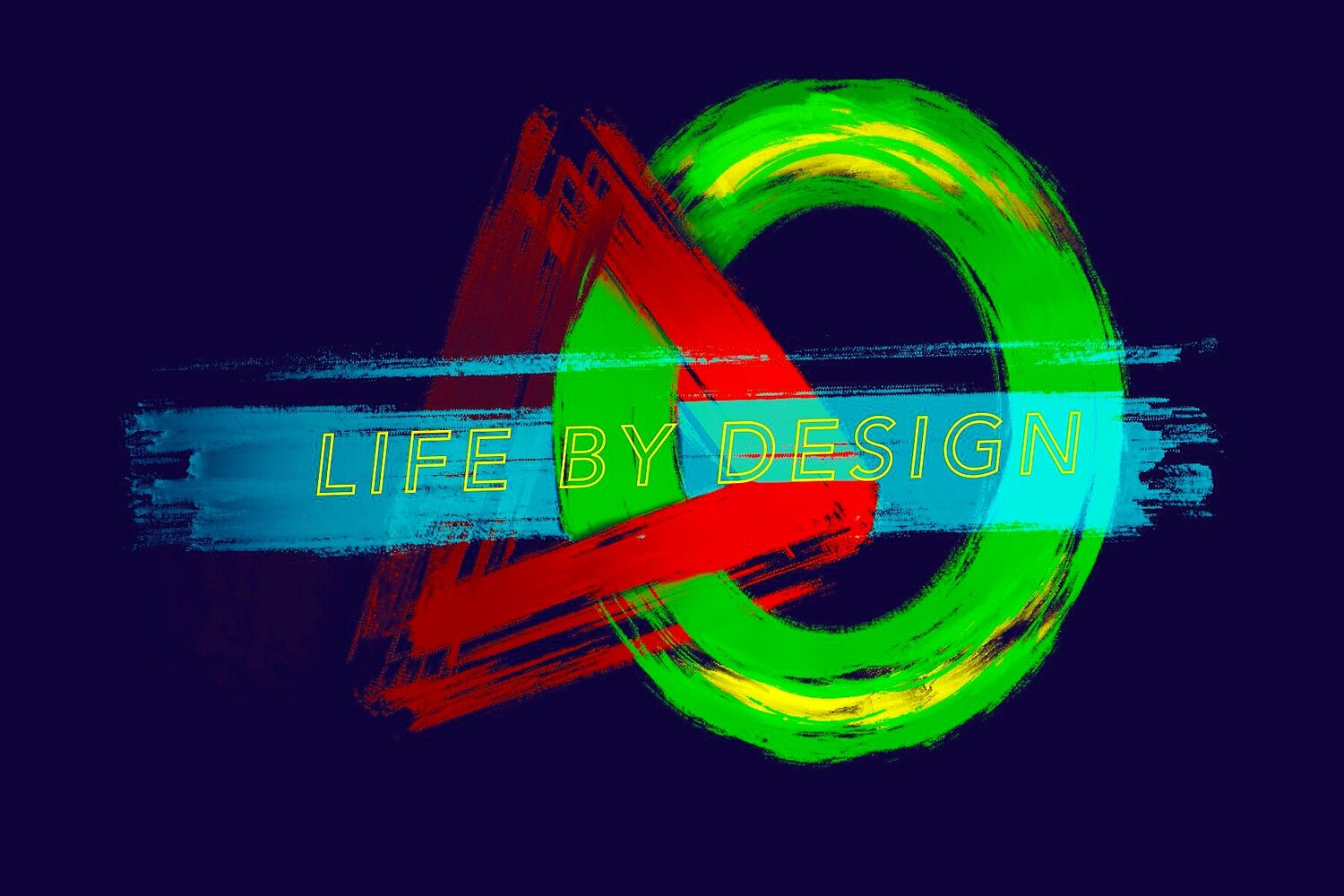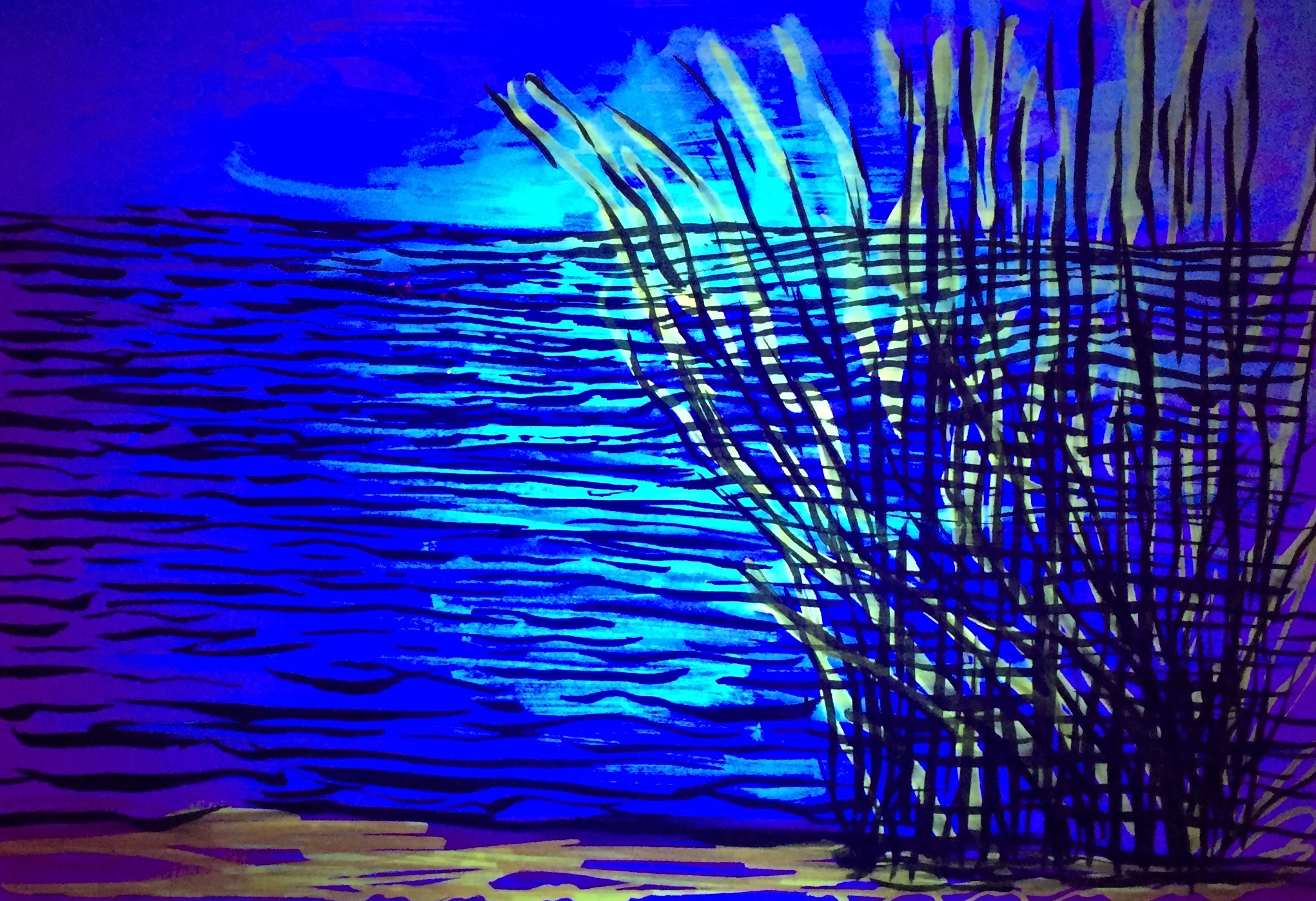Art is a creative endeavor to be sure but creativity precedes artistic skills. Art is an expression of creativity, that is true, but creativity is a cognitive approach to perceiving the world and problem solving. This is an important distinction that needs elaboration.
You find a brick on the side of the road. Someone comes along and says: “hey, what have you got there?” How do you answer?
Well, the obvious answer is “a brick”. But a “thing” in our world is associated with its function, its potential and its utility. So what do you have? A piece of a magical castle, a weapon, a strange airplane that can only go a short distance, a paper weight…and that is by looking at the brick with naked eyes. Get a magnifying glass or a microscope and now you have an entire world of caves, mountains, landscapes with magical creatures that can live there. Use the brick to scratch on a wall or side walk and you have a drawing implement. How you think about something defines the level of creativity with which you engage with it. This creativity expands the concept and possibilities of everything.
Now imagine the passerby asked a broader questions: Tell me about this thing you are holding. Well, the story about the brick can start with the place where the clay came from; it can be the clay itself which has seen millions of years of evolution and maybe was stepped on by dinosaurs. Who made the brick? What was his/her/their story? Why was the brick made? Could it have been a brick from some couple’s first house? What happened to the couple? Who were they… This avalanche of questions is what a three or four year old child might bombard you with. It is a free-flowing, unfiltered thought process that is allowed to go anywhere and everywhere. A four year old can even bypass the fixed shape of the brick and call it a dragon or a fairy. OK, fine, its a rectangular dragon that lost its wings and didn’t move so it gained weight. Perfectly plausible. If it can be imagined, it exists or will exist. That is the nature of creativity.
The first and fundamental prerequisite to creativity is imagination. How many questions you ask and abandoning preconceived notions amplifies the magnitude of possibilities and solutions to problems.
Imagination, alone though is not sufficient for creativity. Creativity involves action. After all, to create IS a verb. So, we have to move our imagination into some sort of reality or tangible objectivity. Why? Because we are compelled to share our ideas. As humans we can’t just have a thought and keep it. We have a compelling force moving us to share it, get validation, see that we are not alone (though we want to be unique), and get ideas in our head out into the world. We want what we imagine to exist. We sometimes fear that what we imagine CAN exist, and that is what horror movies are made of. But we want the etherial idea to become communicated thought and concept. We paint, draw, write, tell stories, cook food, make clothes, invent things, and so on in order to share our creativity.
There is a fundamental evolutionary, and I propose, genetic force behind this. In fact, our species’ survival and evolution has and will continue to depend on it. We recognize that whatever we imagine will be beyond our ability or life span to make and refine fully. So we share what we know…so far… such that others, either during our life-time or in generations to come, can build upon it and “improve it.” We are designed to share our thinking. We invented symbols and language for this. It is our existential imperative.
And since we can’t do it all by ourselves, we become an interdependent species with community and communication being the central theme of our evolution. Creativity begins with imagination, that is true, but its action potential starts with collaboration and with sharing of ideas…even the crazy ones like a tornado that is filled with sharks.
This exchange in the creative process magnifies creativity. The more we share the more creative the idea becomes and the more possibilities are presented. In our example above, I could only come up with a a handful of ideas about a brick. Imagine what a 100 people can do with that same idea.
Next blog: Three different forms of creativity. Write your comments, feedback and stories, and share this and other blogs.



